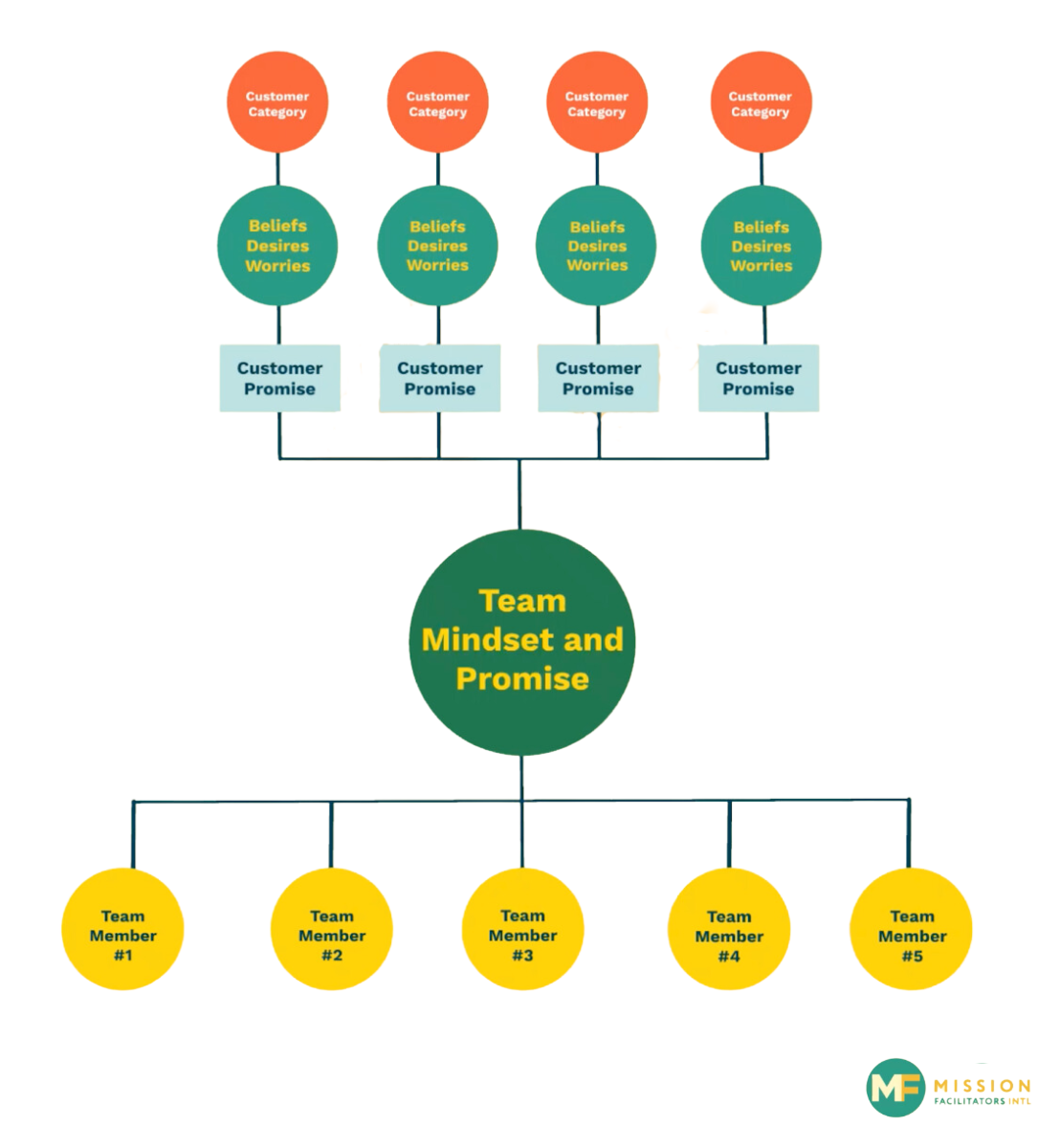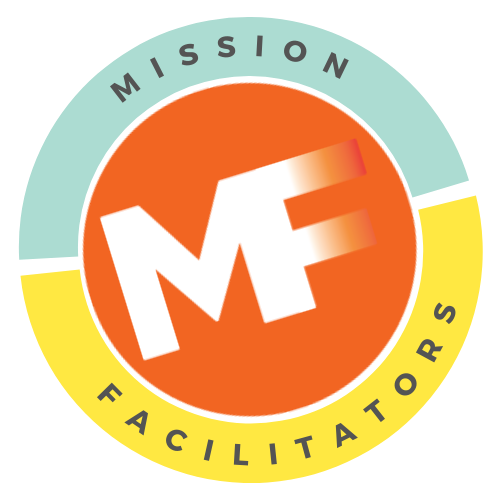The Hidden Cost of Organizational Misalignment – and How to Fix It
When teams aren’t aligned, productivity drops, communication breaks down, and company goals feel out of reach. Organizational misalignment can lead to confusion, inefficiencies, and a lack of direction—frustrating both leaders and employees.
The good news? There are proven strategies to realign your organization and create a more cohesive, high-performing team. In this article, we’ll explore the root causes of misalignment, share actionable steps to fix it, and introduce the Organizational Value Alignment Framework—a powerful tool to bring clarity, consistency, and connection across your business.
Key Challenges in Organizational Misalignment
-
Siloed Development Overlooks the Interdependent Whole
Organizations often address challenges in isolation, a critical factor contributing to organizational misalignment. For example, a marketing leader might engage a coach to improve accountability, or an IT department might schedule a team-building session to foster unity. While these actions have value, they typically fail to address the bigger picture: how these parts interact to form a cohesive whole. A siloed approach prevents organizations from uncovering systemic issues and creating sustainable, long-term solutions. Without interconnectivity, businesses risk inefficiency, misalignment, and unrealized potential.
-
Employees Struggle to See Their Value Beyond the Individual Level
Employees crave purpose. As Daniel Pink discusses in Drive and Simon Sinek highlights in Start with Why, intrinsic motivation and alignment with an organization’s mission are key to engagement. Yet, many employees struggle to see how their contributions impact the team, organization, or customers.
A 2019 Gallup survey revealed that only 34% of employees were engaged at work. The remaining 66% were either disengaged or actively seeking other opportunities. Organizations that fail to connect individual efforts to broader purposes risk low morale, high turnover, and missed opportunities for meaningful impact. -
Addressing Symptoms Instead of Root Causes
Organizations are often structured for execution, not learning. The focus on speed and efficiency frequently leads to reactive problem-solving—a “band-aid” approach that addresses symptoms without tackling underlying causes. This cycle perpetuates problems, leads to burnout, and stifles creativity and innovation.
Unlocking Organizational Alignment Opportunities
Each of these challenges presents an opportunity for organizations to rethink their approach and adopt a more integrated strategy:
-
Build a Roadmap for Solving Organizational Misalignment
A roadmap connecting individuals to teams, teams to the organization, and the organization to its customers ensures a clear line of sight between effort and impact. This connectivity helps employees see the value of their work while fostering accountability and collaboration.
-
Create Purpose at Every Level
By aligning individual, team, and organizational purposes, businesses can create a shared mission. This alignment drives operational goals— revenue growth and cost reduction—and deeper motivations that inspire long-term commitment and innovation.
-
Translate Knowledge into Action
Organizations need mechanisms to transform information into new habits and behaviors. Training and communication strategies should focus not just on disseminating knowledge but on fostering meaningful change that drives performance.
-
An Upstream Tool for Systemic Solutions
To address systemic issues, organizations require tools that align goals, clarify roles, and uncover root causes. These tools lay the foundation for effective leadership, team development, and organizational growth. Clients like InnovateNow Solutions have benefited from these tools by identifying systemic issues and implementing sustainable solutions that drive long-term success.
Applying the Organizational Value Alignment Framework to Solve Misalignment
Organizational Value Alignment (OVA) is a model designed to address these challenges and capitalize on their opportunities. This framework operates on four interconnected levels: customers, teams, individuals, and the organization as a whole.

-
Customer Categories
Understanding customer types is the starting point. Organizations typically serve three to five customer categories. By identifying their beliefs, desires, and challenges, businesses can tailor their approaches to meet real needs rather than offering generic solutions.
-
Customer Promises
A customer promise represents the highest value an organization aims to deliver. For instance, a car manufacturer’s promise might extend beyond selling vehicles to enabling freedom and adventure. This promise guides all subsequent actions, ensuring strategies align with customer aspirations. Some organizations have seen a 20% boost in repeat business by leveraging these principles.
-
Team Mindset and Promise
Effective teams require clarity on their purpose, shared values, and mutual commitments. A strong team mindset enables collaboration and accountability, while a team promise—a set of guiding principles—provides the foundation for collective success. One organization used this approach to foster cross-departmental collaboration and saw a 40% increase in project success rates.
-
Individual Transformation
At the individual level, employees must commit to personal growth and alignment with team and organizational goals. This includes identifying areas for improvement, such as communication or conflict resolution, and striving to embody the values that support the team’s mission. Some organizations have seen measurable improvements in employee retention and morale after implementing individual transformation initiatives that aligned with their organizational goals.
Turning Alignment into Impact
When implemented, Organizational Value Alignment delivers transformative results:
- For the Organization: Greater clarity in vision, mission, and strategy. Aligned structures, metrics, and communication systems enable sustainable growth and innovation.
- For Teams: Improved collaboration, accountability, and trust. Aligned teams are more effective in conflict resolution, meeting management, and inter-departmental coordination.
- For Individuals: Enhanced engagement, motivation, and leadership. Employees understand their role in the bigger picture and are empowered to contribute meaningfully.
Imagine an organization where every effort—from individual tasks to company-wide initiatives—is aligned with a shared purpose. Such alignment drives performance and fosters a culture of learning, adaptability, and innovation.
Your Call to Drive Organizational Change
Organizational misalignment is more than a challenge—it’s an opportunity to create lasting change. By implementing a systemic approach like Organizational Value Alignment, you can align your teams, goals, and vision to foster collaboration, purpose, and sustainable growth.
Are you ready to take the first step? Contact us to explore how these strategies can transform your organization. Whether it’s aligning teams or uncovering root causes, we’re here to help you drive meaningful change.
Let’s work together to turn misalignment into momentum.

